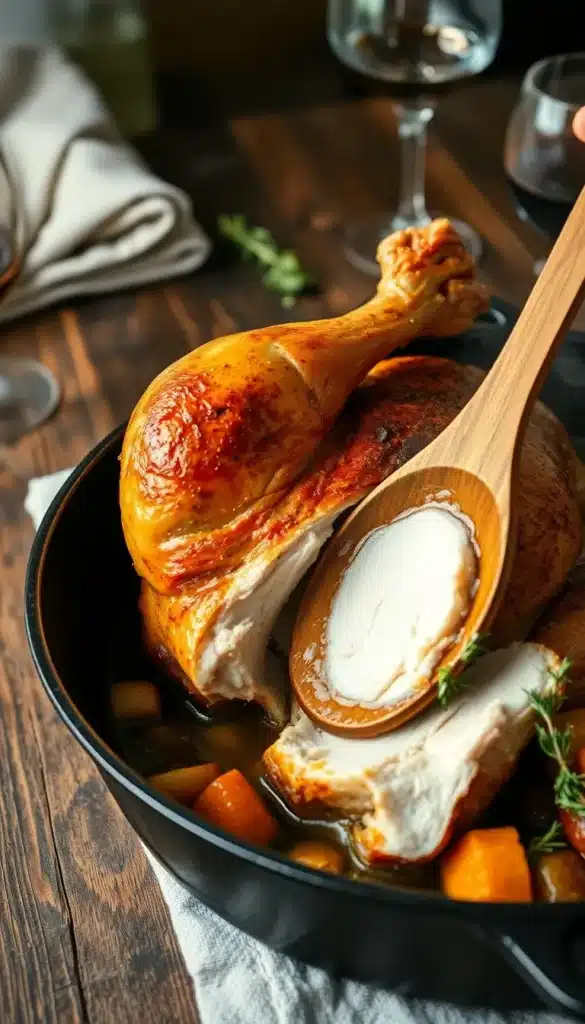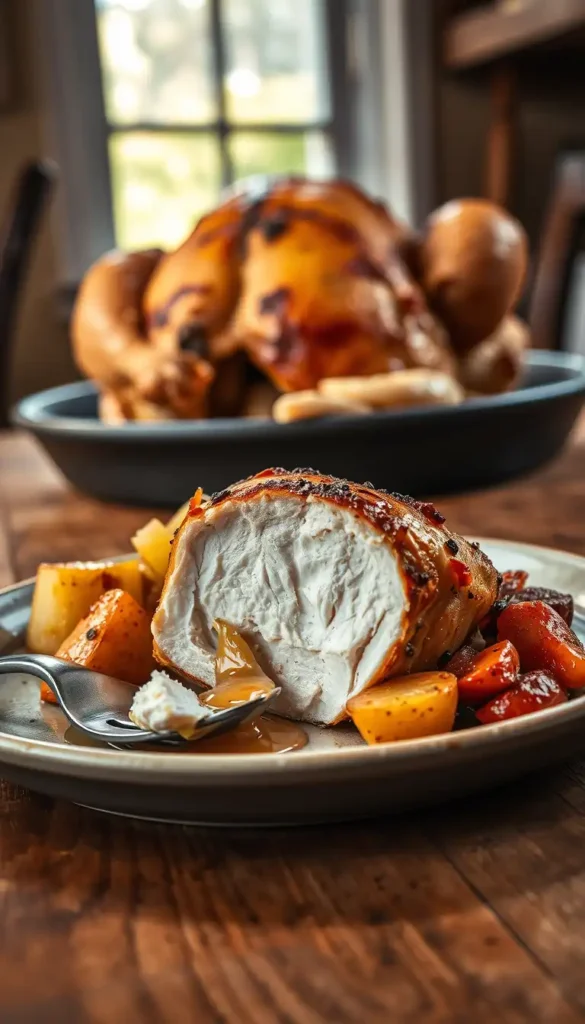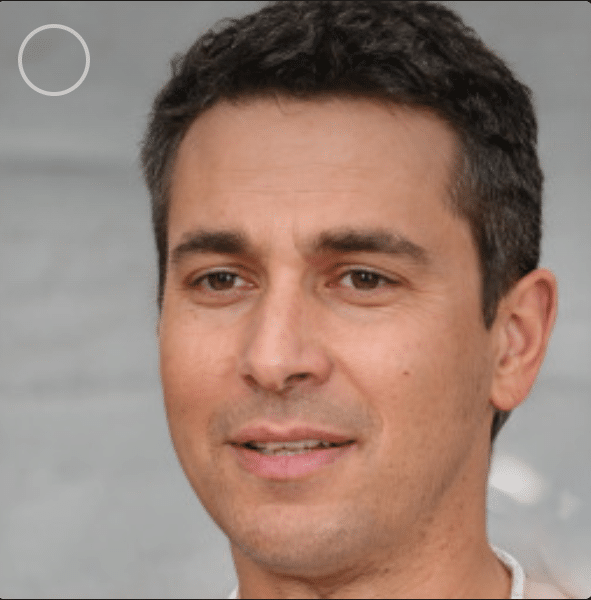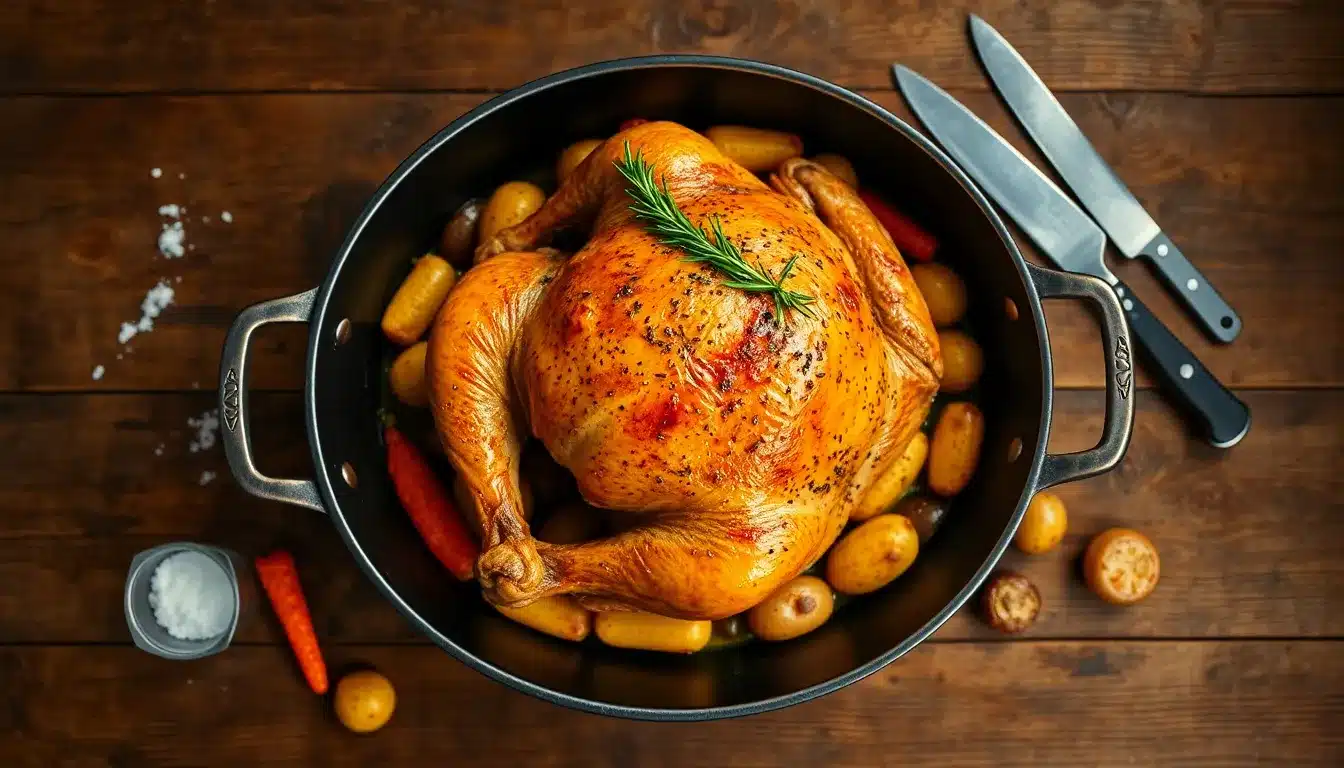Whole chicken recipes always felt like a sort of magic trick to me. You toss this plain, awkward bird into a hot oven, maybe with a few herbs and butter, and boom—an hour later, your kitchen smells like something divine happened. I burned my first whole chicken in a dorm-sized oven with no thermometer, no roasting pan, just hope and a heavy aluminum pot. But I learned. And that bird taught me more than culinary school ever could about patience, heat, and fat.
Whole chicken recipes carry weight. They’re comfort, celebration, and cheap weeknight genius all at once. There’s no dish more versatile. No cut more economical. And honestly? No flavor quite like the juicy tenderness you get from a slow-roasted, crispy-skinned, butter-soaked whole bird. Let’s get serious.
Ingredients & Substitutions
Whole chicken recipes start with—shocker—a whole chicken. Preferably organic, 3.5 to 4.5 lbs. Don’t go much smaller unless you’re doing a high-heat roast. Bigger than 5 lbs? You’re in “Thanksgiving-style” territory and need to adjust the method big-time.
Core Ingredients:
- 1 whole chicken (3.5–4.5 lbs)
- 3 tbsp unsalted butter (softened)
- 2 tsp kosher salt
- 1 tsp cracked black pepper
- 1 lemon (halved)
- 1 head garlic (halved horizontally)
- 4 sprigs thyme
- 2 sprigs rosemary
- 1 small onion (quartered)
- 2 tbsp olive oil
- Optional: paprika, smoked paprika, cayenne, za’atar, or sumac for extra kick
Substitutions that actually work:
Whole chicken recipes don’t mind a few switch-ups. No butter? Use ghee or duck fat—oof, that’ll take it somewhere else. Can’t do lemon? Go with white wine vinegar or even a green apple slice inside the cavity. Garlic out of stock? Shallots or leeks bring sweetness with a mild punch. Got no fresh herbs? Dried thyme (1/2 tsp), dried rosemary (1/4 tsp), but rub them in your palms first to wake ’em up.
And if you’re dairy-free—olive oil with a little nutritional yeast and garlic powder? You won’t even miss the butter, promise.

Step-by-Step Instructions
Whole chicken recipes demand one thing before you even preheat the oven: a dry bird. Pat it down like you’re drying a sports car. Any leftover moisture messes with your crisp factor. No one wants flabby chicken skin. It’s a culinary crime.
1. Prep the bird.
Take the chicken outta the fridge 30–45 mins before cooking. Let it lose the chill or it’ll cook uneven. Pat it bone-dry with paper towels. Remove giblets—don’t skip this unless you love surprise soups later.
2. Flavor the inside.
Stuff the cavity with lemon halves, garlic, herbs, and maybe a sprinkle of salt. This ain’t just for aroma—it flavors from the inside out.
3. Butter & season.
Slather softened butter all over the skin. Get under it too—between skin and meat. Feels weird? Yep. Worth it? Absolutely. Sprinkle with salt, pepper, and whatever seasoning blend you’re feeling. Don’t under-season—this bird’s got volume.
4. Tie it up.
Truss those legs. You don’t need butcher’s twine—dental floss (unflavored!) or kitchen-safe string does the trick. Keeps the shape tight and helps the breast stay moist.
5. Roasting.
Oven goes to 425°F (220°C). High heat for that gorgeous, blistered skin. Place chicken breast-side up on a rack over a roasting pan or a bed of onions and carrots if you want built-in sides. Roast for 20 minutes, then drop temp to 375°F (190°C). Cook another 45–60 minutes depending on bird size.
6. Rest. Seriously, rest.
Pull the chicken when internal temp at thickest part of thigh hits 165°F (74°C). Tent it with foil and rest 15–20 minutes. Don’t touch. Don’t carve. The juices need time to settle or you’ll have a dry, angry bird.
Expert Add-On:
Want that sticky golden skin? Mix honey and apple cider vinegar (1:1 ratio) and brush it on the last 10 mins. Works every time.
Cooking Techniques & Science
Whole chicken recipes live and die by temperature control. High heat = crispy skin. Lower heat = juicy meat. It’s all about balancing water loss with Maillard reaction. Searing at 425°F gives you that golden blister. Dropping to 375°F ensures the meat cooks through without burning the outside.
The cavity matters more than you think. It’s not just a flavor tunnel—it affects airflow. Stuff it too full and it slows the cooking, especially in the thick breast. Keep it simple and aromatic.
And here’s a wild thing: dry-brining works better than wet brining. Just rub the salt over the bird a day ahead, leave it uncovered in the fridge, and let the air dry it. The salt breaks down protein structure just enough to retain more moisture during roasting. Science, baby.
Also, never use a glass baking dish at high heat—seriously, they can shatter. Go metal. Or better yet, use a cast iron skillet—it holds heat evenly and gives the bottom that crispy brown “oh-my-god-why-is-this-so-good” edge.
Serving & Pairing Suggestions
Whole chicken recipes don’t just end at the carving board. How you plate and pair changes everything.
Plating tip? Carve the bird in the kitchen, then fan slices out on a platter over a bed of roasted carrots, shallots, and crispy rosemary potatoes. Drizzle pan juices right over everything. It’s rustic elegance. Fancy without the fuss.
Perfect Pairings:
- Sides: Roasted garlic mashed potatoes, charred broccolini, wild rice pilaf
- Salads: Bitter greens with orange segments, blue cheese, and walnuts
- Bread: Crusty sourdough or garlic butter biscuits
- Drinks: Oaky Chardonnay, dry cider, or a cold Belgian Tripel if you’re feelin’ beer vibes
Use the leftovers right, too—think chicken salad with harissa mayo, tacos with pickled onions, or broth with the bones simmered low and slow with ginger and scallions.

Conclusion
Whole chicken recipes aren’t just recipes—they’re rites of passage. They teach you heat. Patience. How salt works. How butter really works. And they feed a crowd without draining your wallet or sanity.
If you’ve made one once and it didn’t turn out perfect, do it again. Then again. You’ll know by smell alone when it’s done right. Skin like lacquer, juices clear, aroma that stops conversations. That’s the good stuff.
One last tip? If the juices don’t run when you press between the leg and breast, it’s not ready yet. Trust the bird. It talks back—just not in words.
FAQs
Can I roast a frozen whole chicken?
You can, technically, but you really shouldn’t. Frozen chickens cook unevenly and risk staying raw at the center. Always thaw fully in the fridge for 24–36 hours.
How do I get crispier skin on the chicken?
Dry it thoroughly, use high heat for the first 20–30 mins, and don’t cover it while roasting. Also, let the skin air dry overnight in the fridge if you’ve got the time.
Is trussing really necessary?
Yes, if you want even cooking and juicier meat. Trussing helps the bird hold shape and prevents wings and legs from drying out too fast.
What’s the best way to store leftovers?
Strip the meat from the bones, store it in an airtight container in the fridge for up to 4 days. Freeze the carcass for stock later. Always reheat gently to avoid drying.
Can I cook whole chicken in a slow cooker?
Absolutely. Season well, skip stuffing the cavity, and cook on low for 6–8 hours. The skin won’t crisp, though, so give it a broiler blast afterward if you want that golden finish.

Olivia P. is a seasoned food blogger at Tastywink, sharing delicious, easy-to-follow recipes inspired by him passion for home cooking. With years of culinary blogging experience, he brings flavor, creativity, and a personal touch to every dish.
